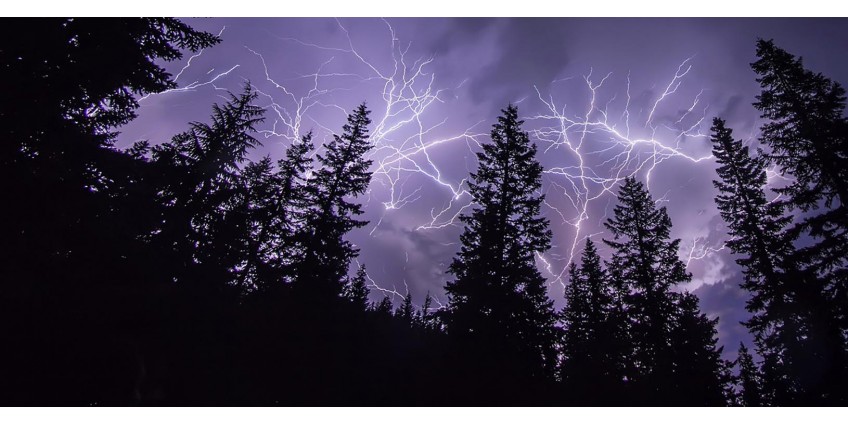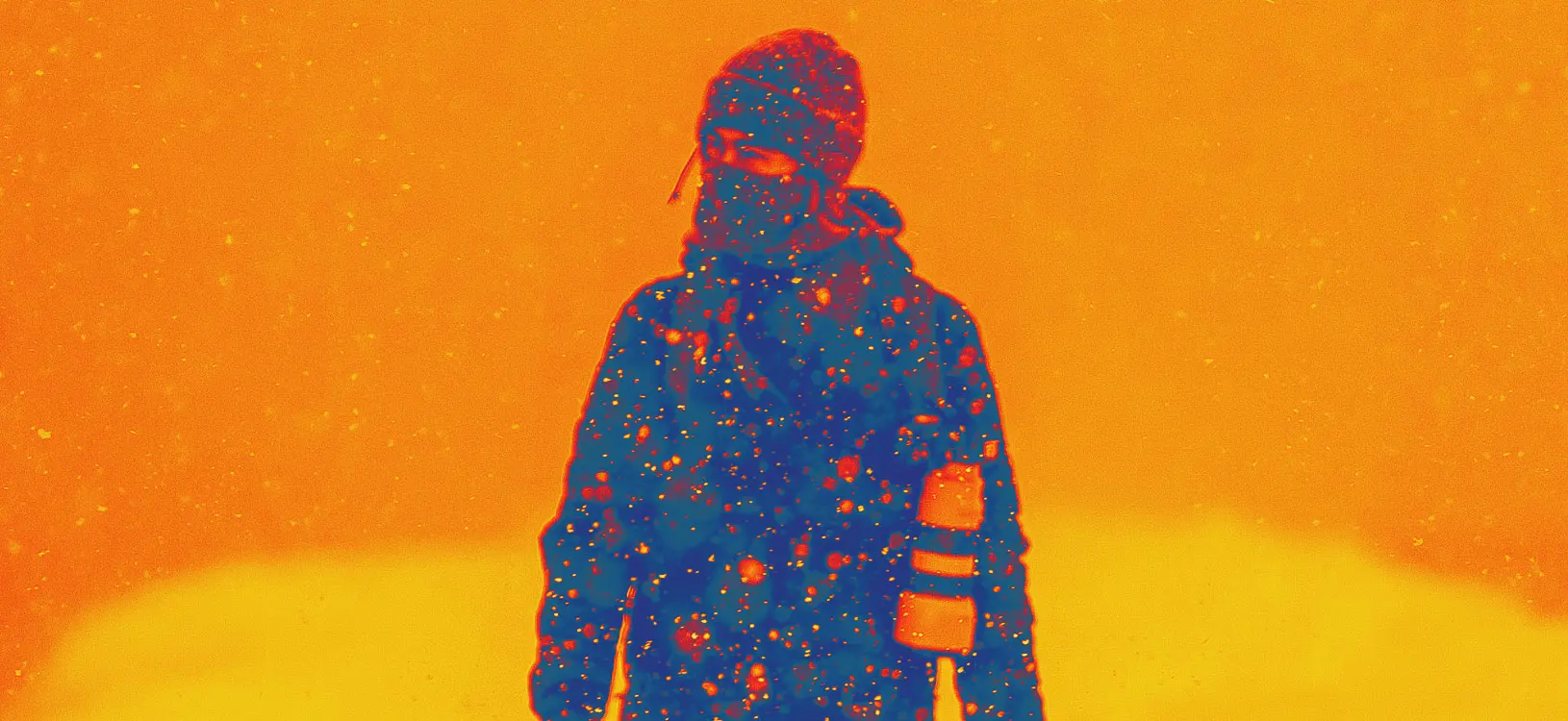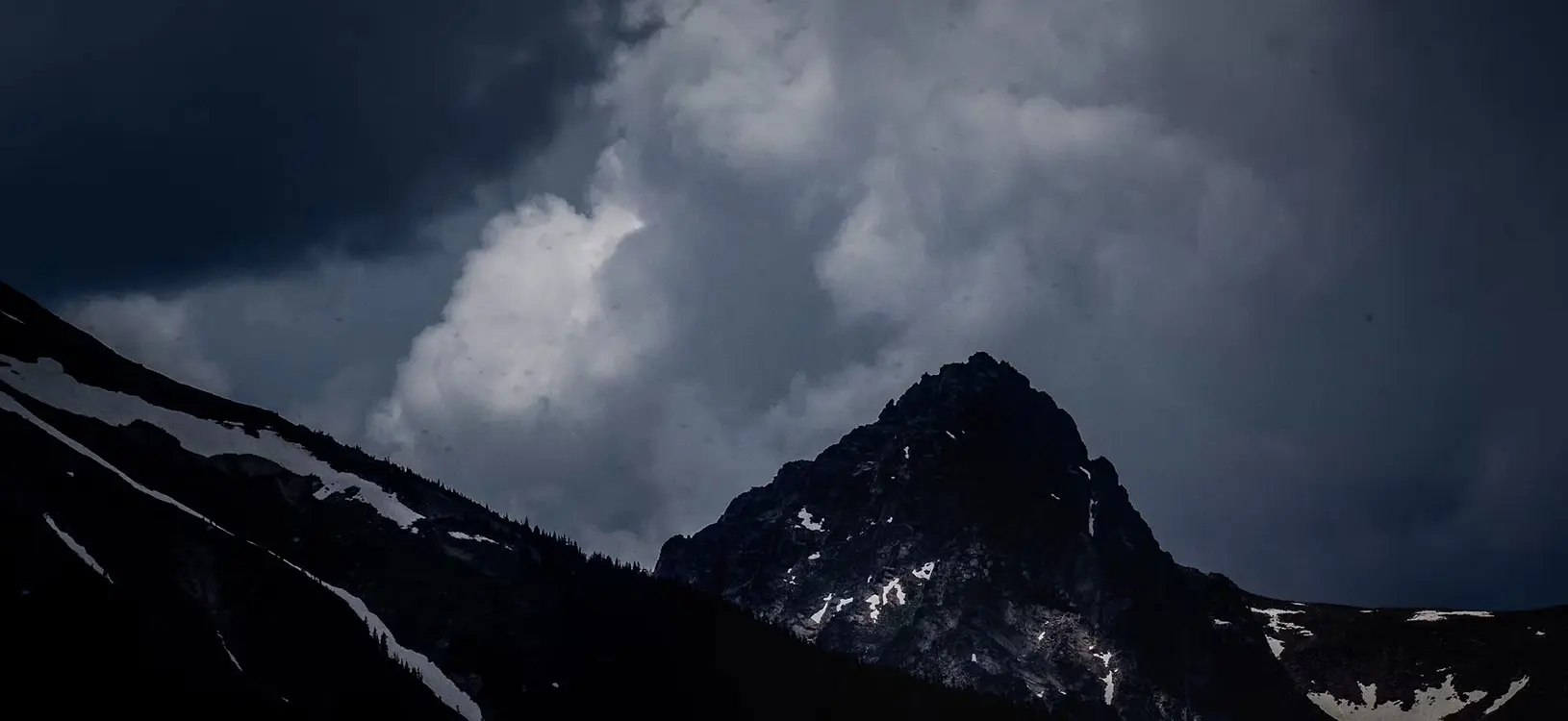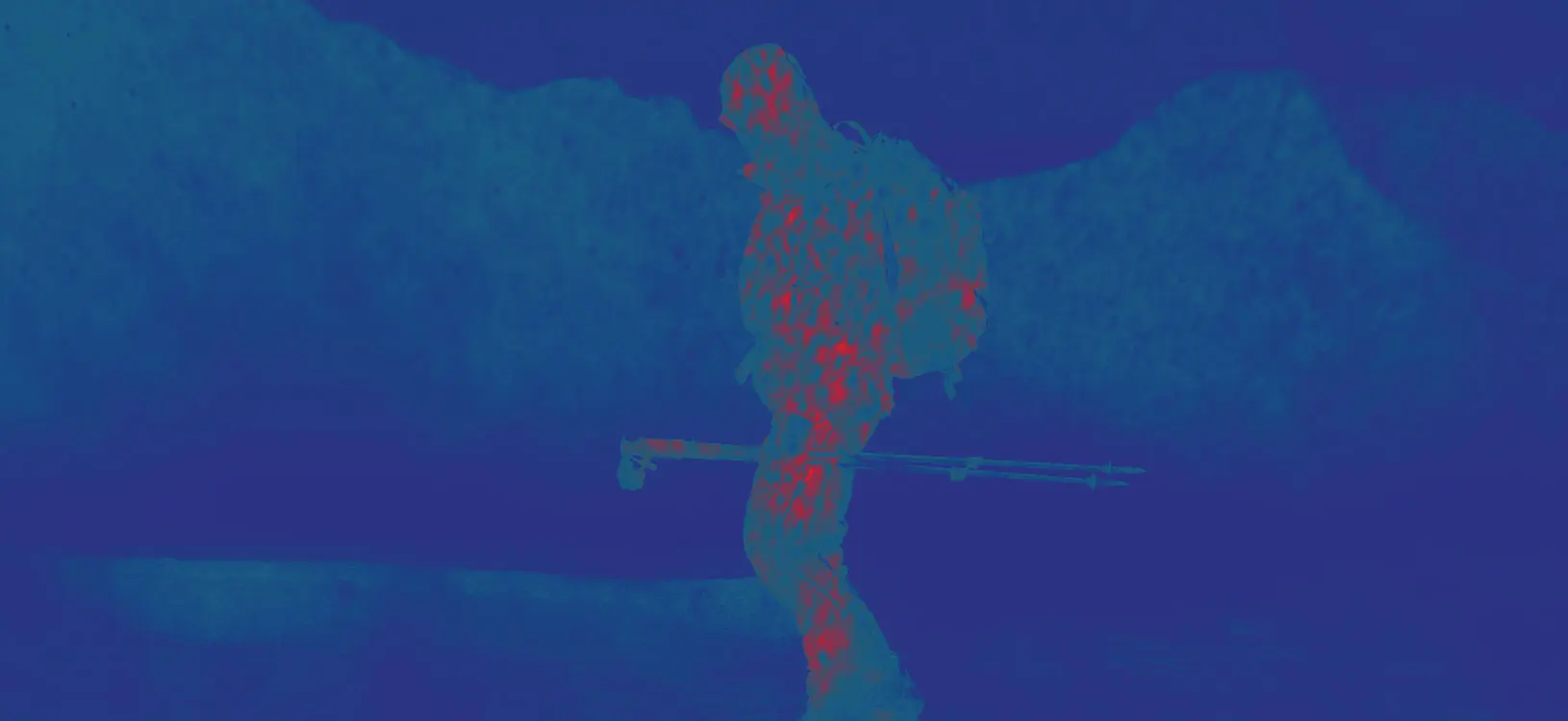
This product is not exportable outside the United States.
By adding this item to cart, you agree and acknowledge the Export Policy and confirm that you are a person in the United States with no intentions to illegally export the device.
This product is not exportable outside the United States.
By adding this item to cart, you agree and acknowledge the Export Policy and confirm that you are a person in the United States with no intentions to illegally export the device.


0

0


This article will explain how night vision and thermal imaging devices work in a blizzard. We will point out the critical aspects of using both technologies and identify their differences. We will also track to whom they significantly expand opportunities and facilitate everyday life.
Night vision devices are the most affordable and easy-to-use optics. They are widely used in various fields of activity and bring many benefits to people. There are many types of night vision devices, the most popular of which are NV goggles, binoculars, monoculars, and sights. They provide good visibility in the dark, whether there is a source of natural or artificial light.
NV devices are designed to work in any weather conditions. However, they will be less effective in a snowstorm than in good weather. The air temperature will also affect the quality of the image formed. Lower values will worsen visibility and make it difficult for the night vision device to work.
NV technology is based on capturing infrared light reflected from the surfaces of all objects in the device's field of view and amplifying it multiple times, subsequently forming a three-dimensional picture. The image's color depends on the color of the phosphor used in the equipment. It can be monochrome green, black and white, or color. In the latest developments for the US Army, the outlines of subjects are highlighted with a bright glow, which minimizes identification errors. A weak light source is needed to operate night vision optics correctly. Bright moonlit nights and infrared illumination are required for the first-generation NV. For the second generation, a starry night is enough. And for the third, very dim light of night lights in dense cloud conditions is enough. The latest models of night vision binoculars use gated laser imaging. It is a synchronous pair of IR laser flash and NV camera. This allows you to improve the image quality and increase the detection range significantly.
Devices that support thermal imaging technologies are an excellent alternative to NV optics. They can work effectively in complete darkness and create a high-quality thermal image. Many types of thermal imaging optics exist. The most convenient is TI goggles. These devices have sufficient thermal sensitivity to allow the user to distinguish cold objects from heated ones. Thermal imaging binoculars, monoculars, cameras and sights are also popular.
The most correct solution is to use thermal imaging in winter. At this time of year, the temperature difference between living and non-living objects is more significant, making their identification easier. It should also be noted that various TI optics, including thermal scopes, can be used in snow. Under such conditions, the devices' efficiency will be slightly reduced, but they will still provide the user with a high-quality thermal image.
Unlike night vision technology, the thermal imaging system uses slightly different operating principles. Thermal imaging devices read the temperature of the surfaces caught in the lens and form a two-dimensional picture. It differs significantly from what the human eye sees since it does not read photons of light but measures the temperature difference. For thermal glasses, it doesn't matter what color the object is. Their sensors are only tuned to the temperature of the object. In our world, all bodies with temperatures above absolute zero can be detected by thermal imaging equipment. Given these data, humankind has received a universal apparatus capable of seeing in complete darkness and bright light. Best of all, it works in all temperatures and the most challenging weather conditions. Snow, rain, fog, smoke, sun glare from the water's surface, snowy plains, or deserts will not be a significant obstacle to thermal imaging binoculars or monoculars. Dense vegetation, thin walls, and uneven rocky terrain will not prevent you from detecting the desired one-piece screen of the heat sight or heat goggles.

Progress made it possible to reduce the cost of production of NV and TV. The middle price segment has become available to ordinary citizens and is widely used for property protection, hunting, yachting, and nature observation. Moreover, the entire line of equipment, including cameras, binoculars, monoculars, glasses, and sights, is in high demand. Almost everyone, from mothers of the family to pastry chefs, uses thermal imaging equipment. Construction companies use thermal imagers to monitor quality and detect heat, water, and refrigerant leaks. Electricians and engineers use TV devices to detect overloaded points in power grids. Thermal imagers are used for the non-contact measurement of body temperature in everyday life and places with many people. They are implemented in almost every area of human life, from medical research to the baggage tracking system at the airport. The military, law enforcement agencies, rescuers, and doctors use the upper stages of the price segment of NV and TV devices.
Moreover, the military can use both technologies in one device and complete it with augmented reality and data exchange via the Internet. Scientists use IR optics for research. Large enterprises control the melting point chemical processes thanks to a thermal imager. In the face of thermal imaging binoculars or a camera, firefighters received a very informative gadget that can detect people in smoke and areas with high temperatures in a building without violating the integrity of structures. This saves a considerable number of lives around the world. Using thermal goggles or a thermal monocular, rescuers can find people under the rubble of buildings, in mountainous areas, in the forest, against a background of snow or sand.
Moreover, night will not become a hindrance, significantly increasing human survival chances since assistance can be provided around the clock. Rescuing drowning people and navigating the water is another application area for NV thermal imagers and optics. Almost all transport, including planes, cars, trains, subways, ships, and uncrewed vehicles, is equipped with a combination of NV and TV or one of these devices.
Using night vision in winter in regions where cold weather is observed at this time can be difficult. This is explained by the natural decrease in visibility in such conditions and snow cover, which can reflect light. Snow can also block infrared radiation, further complicating night vision device operation. In cold atmospheric conditions, the efficiency of NV optics can be maintained with the help of special protective devices. They will help reduce the adverse effects and improve the quality of the device.
Using thermal devices is a more correct solution. Various thermal cameras, scopes and other optics will cope better with cold weather than NV devices. With the help of TI, a heat signature can be seen on the screen, thereby simplifying the identification of objects with hot and cold spots.

Night vision devices in snowy weather have several restrictions on their use. The fact is that snow reflects light and, for the most part, hides everything behind it. The image contains so-called visual noise, and it becomes a problem to track objects behind the wall of the blizzard. The denser and more intense the snow stream, the more difficult it is to see something behind it. Therefore, using night vision binoculars is better than waiting until the end of the bad weather. With thermal imaging binoculars, the picture will change. With a weak snowstorm, all objects of interest will not be difficult to track. As a rule, most of the goals we are interested in are warm. It can be a person, an animal, or a car with a hot engine. The difference between unfriendly terrain and the target temperature is very significant. A very contrasting temperature difference will be visible on the screen of the goggles. On several models, you can configure the backlighting of temperatures above the specified, bright color. Thus, even at night, the target is not difficult to recognize during a blizzard. However, the humidity is at the upper border if the snow falls on a very dense wall. Then, some difficulties may arise. The fact is that a humid atmosphere and snow will absorb thermal radiation from objects.
Consequently, part of the radiation will be absorbed, and a small amount will reach the screen of the thermal glasses. As a result, the picture will be blurry, unclear, and have visual noise. Everything will depend on the specific terrain, conditions, thermal imager model, and detection range. The drier the air, the lower the humidity, the lower the temperature, and the more sensitive the device is, the more precise the image will be. Let's say it is in the mountains, with severe frost and snowstorms. The image will be better than a blizzard near the sea, with a slight decrease in temperature.
Even when planning the purchase of a thermal imager or night vision device, it is worth doing a little research work. To do this, determine the temperature range, climate, humidity, and operating conditions and define the tasks. The choice should be made specifically for your requirements and needs. On our note, there is no perfect gadget. More and more perfect models appear on the market, and the infinity of choices can only be limited by budget and common sense. A mid-range NV and TV combination may be the optimal solution for most cases. It will cover all needs and neutralize the shortcomings of each of the devices.

The work has several limitations related to the ability of snow to reflect light.
Thermal imaging will see well through light snow, but visibility will gradually deteriorate as the weather worsens.
Modified: Dec 25, 2024 | 03:19 pm
Table of contents
Featured Articles
NV and TV technologies - how they work. How do NV and TV works in rain. When should you use NV or TV? Night vision devices. Night vision binoculars. N..
NV and TV technologies - how they work. How do NV and TV works in fog. When should you use NV or TV? Night vision devices. Night vision binoculars. Ni..
Night vision devices in education. Night vision technology and common spheres of its applications. Night vision in birdwatching. Night vision in watch..
Focusing on variances in technology within security cameras, this addresses how security cameras work utilizing night vision technology..